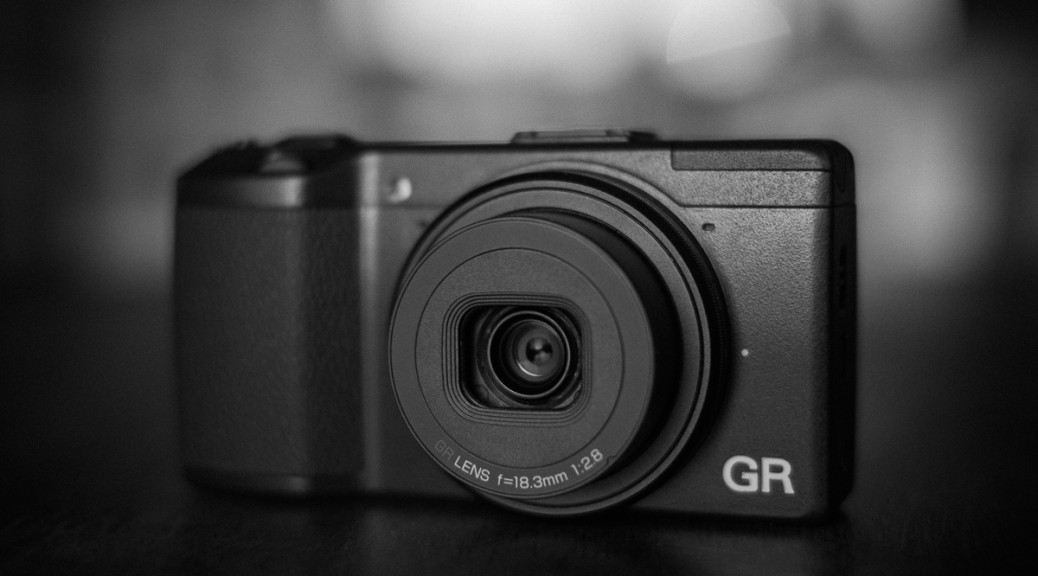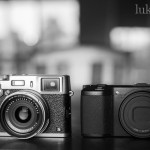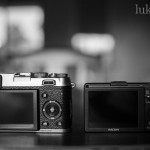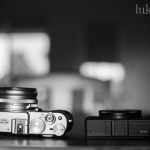Apparently I’ve been living under a rock, because I had no idea that Ricoh’s GR series of cameras had a “cult following.” None of my photographer friends had mentioned them, I’d never seen one in the wild, and I’d been unwaveringly faithful to Fujifilm’s X100 series since it launched in 2011. It was unthinkable to cheat on Fuji with Leica or Sony, much less Ricoh.
But then a random Facebook discussion introduced me to the GR / GR II–and some of its biggest fans had previously used X100’s.
You can guess the rest. After reading a bunch of reviews and looking at dozens of photos, my torrid affair with Ricoh was underway. Within weeks, I’d broken up with my X100S. Now it’s on eBay.
Well, that escalated quickly.
The X100S is better, but…
If you’ve been following compact cameras with big sensors and fast lenses for a while, you already know that the X100S is superior to the GR. It has a faster lens (f/2 vs. f/2.8). Its hybrid viewfinder is amazing (the GR has no viewfinder at all). Its autofocus system is better. It’s easier to control (mostly) and its retro styling is much sexier than the GR’s bland blackness.
The GR trumps the X100S in only one significant way: pocketability.
As you can see, the size difference is, well, significant.
The original X100 was a game-changer for my personal photography, but the only pockets big enough for it were on baggy cargo pants (that do nothing for my figure) and bulky coats (that are mostly unnecessary where I live). More often than I’d like to admit, this meant reaching for my iPhone rather than a “real” camera–because my X100S was at home or in the car.
My GR, on the other hand, lives in my pocket. Because it actually fits.
My non-negotiables: big sensor, fast lens
For reasons I might explain another day, APS-C is the smallest sensor size I accept in a “serious camera”, and fast, wide primes are my favourite. (Why else would this Pocket Camera Battle be Ricoh GR vs. Fujifilm X100S?)
On paper, the GR’s 16.2MP APS-C sensor is on par with the X100S’s 16.3MP APS-C sensor. Neither have low-pass filters (much sharp, many moiré). Both perform well at ISO1600, adequately at ISO3200 and less adequately at ISO6400. The GR shoots RAW at ISO100, which is a plus (the X100S starts at ISO200), but otherwise these sensors are very similar–on paper AND in practice, not that my testing has been very scientific.
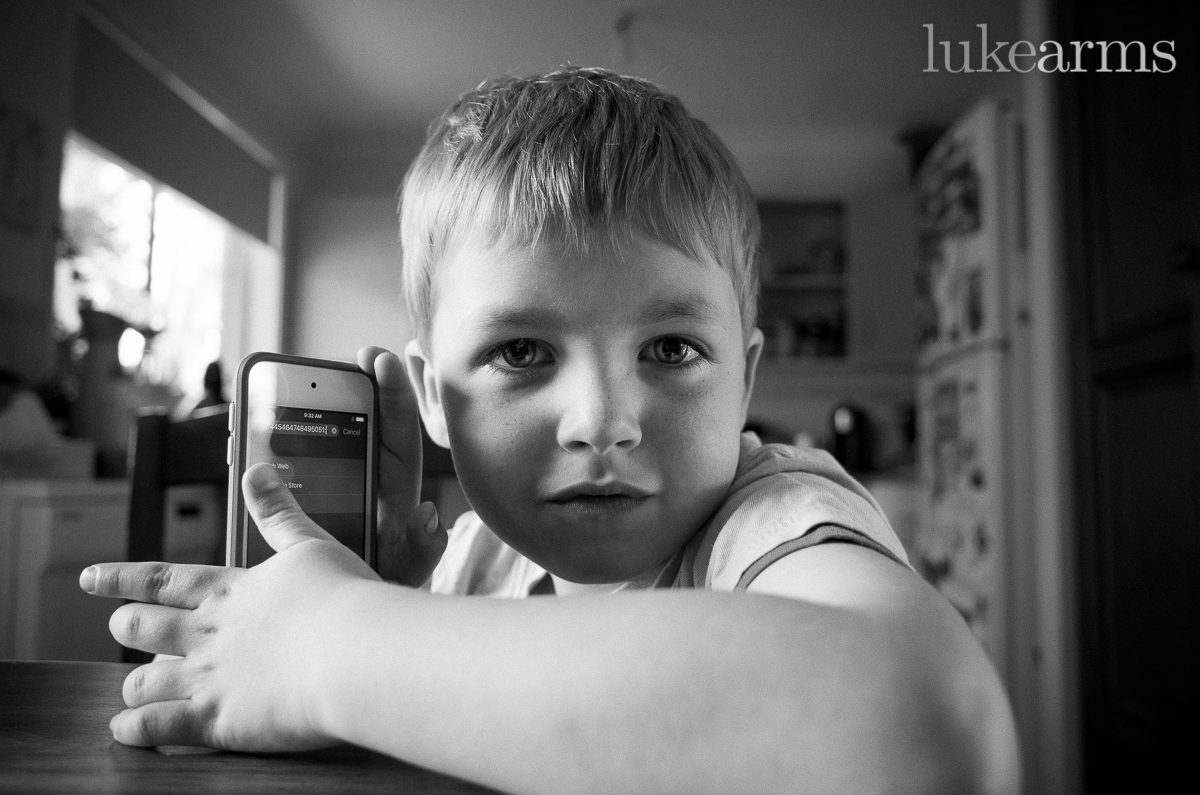
Ricoh’s colour handling is different to Fujifilm’s, but I wouldn’t say it’s worse. My Fuji RAWs sometimes need to be desaturated slightly; so far that hasn’t been necessary with my Ricoh RAWs. And not that it’s directly related to sensor performance, but the GR’s multi-point auto-white-balance works pretty well.

As for the lens: 28mm has a different feel to 35mm, but I’d been starting to wish the X100S was a tad wider, so I’m not regretting the change so far. If I ever do, the GR offers a 35mm mode, which seamlessly crops the LCD preview to a 35mm-equivalent field of view and records a cropped file (roughly 10MP). Even RAWs are cropped. Nice.
I thought I’d miss f/2, but I haven’t yet. The lens on my X100S was a bit soft at f/2, so I’d usually stop it down anyway. The GR’s lens is razor sharp, edge to edge, wide open at f/2.8, and I’ve been impressed with its flare control, bokeh and (lack of) distortion too. I’d love it to be faster, but I also love fitting it into my pocket. You can’t have everything.

There is no silver version
The GR isn’t much to look at–it could easily be mistaken for a typical point and shoot camera–but that’s an upside if you’re trying to avoid attention. At least it compensates for its boring looks with great build quality. And grippy texture. In all the right places. IYKWIM.
Aesthetics aside, I was initially concerned about being able to change settings quickly with so few buttons and dials (I shoot in M, because M is for Master). I needn’t have worried.
There’s a dial in front of the shutter release button. By default it adjusts aperture, but mine is configured to adjust shutter speed. There’s a horizontal rocker on the back, within easy reach of your thumb. Mine is configured to adjust aperture. Pressing it inwards gives access to ISO and other settings. There’s also a vertical rocker on the back. It’s less configurable, but in M mode you can use it to quickly set your shutter speed for correct exposure–handy if you need to move from, say, 1/4000 to 1/30 in a hurry.
There’s an AEL/AFL button that allows focus and exposure to be controlled separately. It can even be switched to C-AF as needed. Nice.
Most other buttons are configurable too. For now, my side-mounted EFFECT button enables and disables the built-in ND filter, FN1 brings up AF controls, and FN2 provides quick access to ISO.
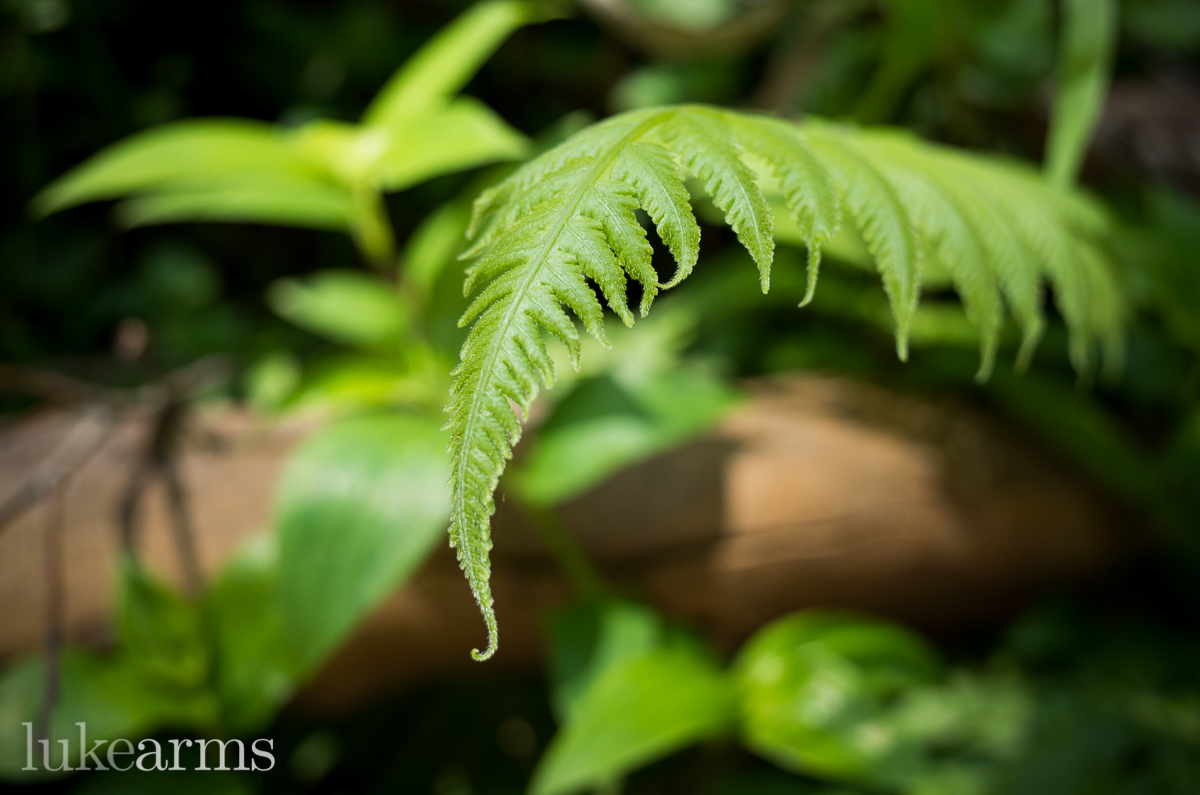
Importantly, the main mode dial has a locking mechanism that makes it impossible to accidentally move from M to Tv at the worst possible moment. I can’t overstate how useful this is.
Speaking of AF controls
I’ll spare you the setup instructions, but the GR’s focussing system is, for my purposes, only slightly inferior to the focussing system on the X100S. Similar options are available on both cameras (including peak highlighting for MF assistance), but autofocus is a tad slower on the GR. In broad daylight, the difference is barely noticeable, but in low light scenarios, the performance gap becomes more pronounced.
The GR shines if you like to shoot from the hip, though. Preset your shooting distance, enable “snap” AF, turn off your LCD and get clicking. (You can even disable the power LED for maximum stealth.) The X100S has no equivalent to this feature.
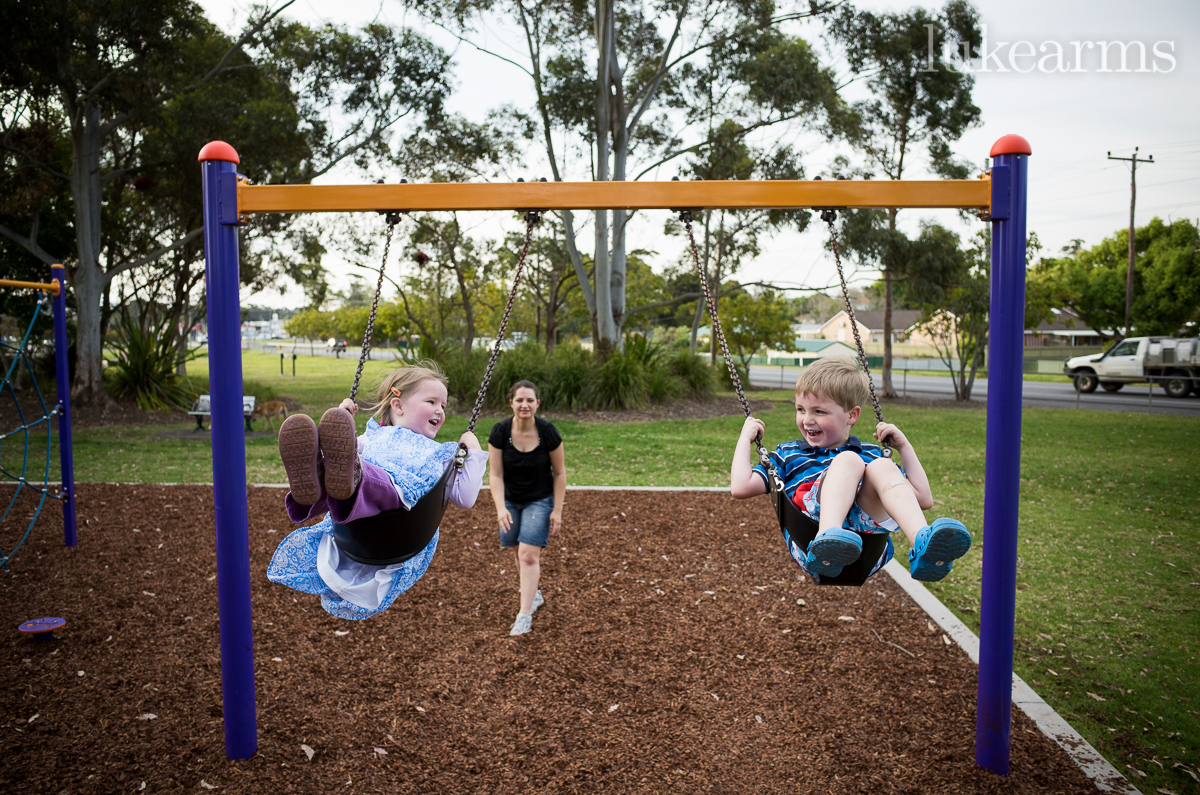
So, Ricoh wins?
Yes and no. The Ricoh GR is my favourite pocket camera so far, but that’s mostly because it actually fits in my pocket. Ricoh’s cleverness with its controls and custom options is a nice bonus, but a similarly compact and inexpensive offering from Fujifilm would be difficult to resist. I certainly won’t be breaking up with my Fujifilm X-T1’s and Fujinon lenses anytime soon, but for now they’ll be paired with a very capable little Ricoh.
PS: Ricoh, if you’re reading this, how about including a dedicated battery charger with the GR? Plugging the whole camera into a USB cable for charging is totes overrated.
